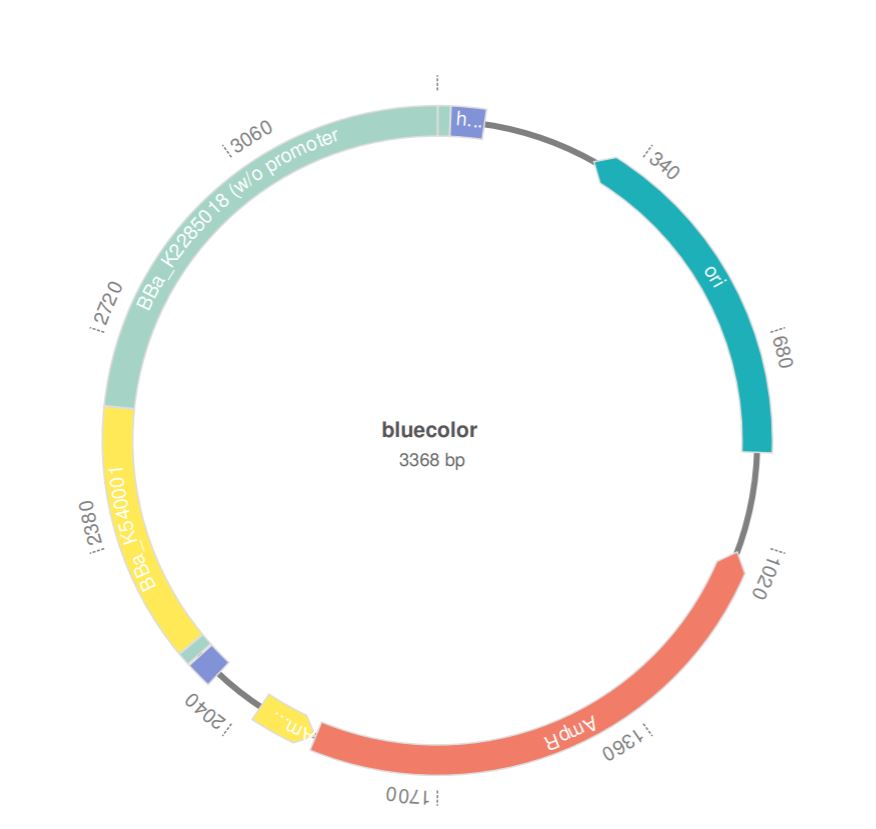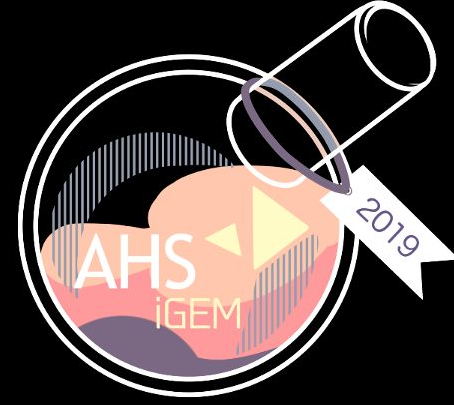Design
1. Deciding on a project and identifying BioBrick parts
After an initial round of brainstorming, we decided to explore biosensors. In particular, we were interested in metal sensing parts. While exploring the BioBrick registry for inspiration and potential parts to use in our project, we came across BBa_K540001, or prcn. On the part page, the 2011 Lyon Biosciences team had tested prcn for cobalt detection. Then, they noted, “Prcn is also activated by nickel, but we have not characterized this aspect.” This line immediately piqued our interest, and we ultimately decided to characterize prcn for nickel detection.
2. Plasmid Design
Having decided to characterize prcn, we needed to create a plasmid containing this part. In addition, we added a part of BBa_K2285018, which consisted of a promoter + RBS + chromoprotein CJblue + terminator. From BBa_K2285018, we used the RBS, the chromoprotein, and the terminator. So, our new part for nickel testing was a composite part consisting of BBa_K540001 and BBa_K2285018. We had our plasmid synthesized by IDT.

3. Experiments to test transformed cells in nickel
After transforming E. coli to contain our new plasmid, we planned to test the cells in nickel using a Kirby Bauer Assay. But instead of placing antibiotics on the filter disk, we use place small amounts of nickel acetate solution. To find a concentration of nickel solution that would be high enough to be detected but low enough to not kill cells, we performed the Kirby Bauer assay multiple times at various concentrations.


